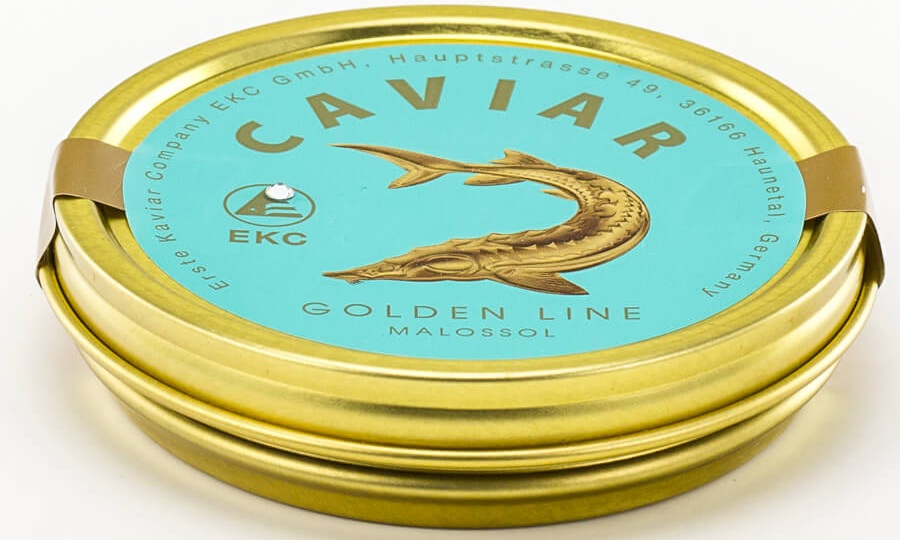Sturgeons mainly inhabit the basin of the Caspian Sea. Iran accounts for 90% of world caviar trade. It is believed that the Iranians were one of the first to produce black caviar, learning about its useful properties. The first records mentioning the delicacy date back to 1240. The term caviar refers to roe from sturgeon. It differs in size, color, chemical composition, density and taste. The main types of Iran'a caviar are beluga, Persian sturgeon, Russian sturgeon, spike and stellate sturgeon.
Albino Beluga sturgeon caviar is considered the most valuable. It is very different from other sturgeons - it reaches a colossal size (an adult fish can weigh up to one ton and can produce 200 kilograms of caviar) and is the largest freshwater fish in the world.
Beluga albino caviar has an unusual color - almost white, with a dark golden sheen. Caviar from sturgeons over 100 years old is the most expensive. It is believed that the older the beluga, the more delicate its caviar tastes and the lighter its color.
However, today this fish is on an endangered species list. Therefore, light-colored caviar is a rare delicacy. Beluga-albino caviar is called 'Almas' in Iran, which means 'diamond'. And in the West, it is called 'Golden Caviar'. The name speaks for itself: a rare variety of caviar is worth its weight in gold and enters the world market in gold jars.









